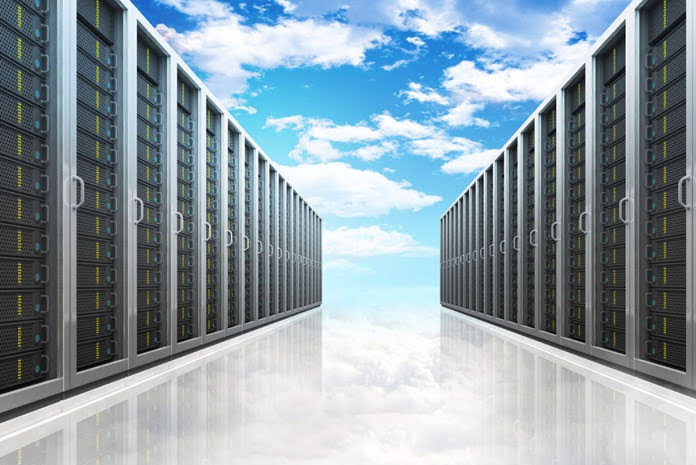By Shrikant Navelkar, Director, Clover Infotech
The pandemic has pushed the demand for cloud across the globe with digital transformation accelerating across industries. This shift towards cloud has pushed increased investments in hyperscale data centers. The need for data centers has shot up exponentially in proportion to the rise in data consumption and cloud adoption. According to a Nasscom report, the global data center market investments is expected to reach $200 billion per annum by 2025.
Where does India stand?
Data centers have shown impressive expansion in both developed and emerging countries, as more and more enterprises are willing to invest in new data storage and deployment facilities. The data center sector in India is witnessing a robust growth in the era of digitisation. The country is well poised to be a global hub for data centers focused on cloud computing with a projected growth of USD 8 billion by 2026 riding on technologies such as artificial intelligence, machine learning and analytics, an ASSOCHAM-EY report has pointed out. In terms of CAGR over 2019 to 2025, India is expected to grow at 5% i.e. 2X faster than the global, according to a Nasscom report.
The Indian IT ministry, plans to offer incentives worth up to Rs. 15,000 crore under a national policy framework for data centres. According to a draft of the policy, the government is eyeing investments of up to Rs. 3 lakh crore in the data centre ecosystem over the next five years. The finance minister granted infrastructure status to the data center industry while announcing the Budget 2022-23. This will further accelerate data center expansion in India.
World’s leading cloud service providers have announced their availability zones in India, specifically in cities such as Hyderabad, Delhi (NCR), Chennai, Mumbai, and Bengaluru as they offer good fibre connectivity coupled with proximity to customers. Amazon Web Services (AWS) is developing a network of three Availability Zone (AZs) in Hyderabad. Microsoft recently acquired land parcels in Hyderabad to launch new data center region. Google has two cloud regions in India — Mumbai and Delhi-NCR. Companies such as Yotta Infrastructure, NTT-Netmagic, STT GDC India, Sify Data Centers, CtrlS, and others, are building hyperscale data centers and data center parks in India. Various policies and reforms brought by the government to turn India into a global data hub has provided necessary measures to achieve this growth and the coming years can see entry of more new players.
Key growth drivers:
- The growing demand for data and high bandwidth capacity, especially due to increasing smartphone users
- Rapid adoption of cloud and digital transformation by Indian companies
- Operational and development cost advantage
- Availability of skilled workforce
- Government’s measures such as Digital India initiative, emphasis on self-reliance, classification of data centers as infrastructure assets etc.
The impact on t
While the data centers are fuelling India’s digital transformation journey, one must also consider its impact on the environment. Data centers can consume large amount of energy if not planned well. Use of clean energy for data centers is something that the environmentalists have been advocating. Given that the Indian data center industry is still developing, the industry is more flexible and can adopt green technologies as it grows. The country can also reinforce its position to become a global hub for green data centers.
Wrapping up
The future of the Indian data center market looks bright. As the Indian economy continues to grow and digital technologies become more widely adopted, data centers will play an increasingly important role in supporting the country’s development. With growing reliance on digital connectivity, demand is likely to ramp up further due to imminent rollout of 5G and increasing use of IoT-linked devices. With the right policies in place, India has the potential to become a global leader in data center development and usage.














